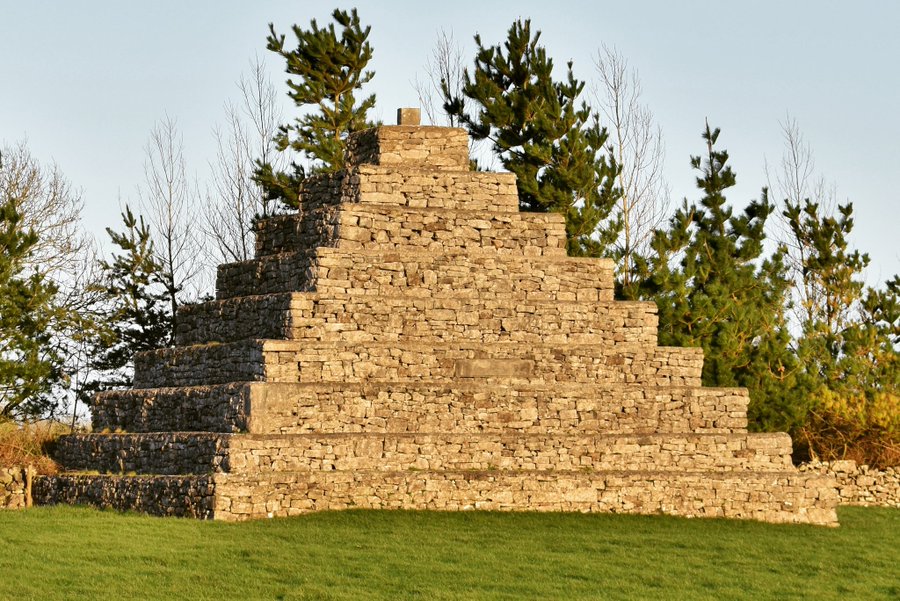The Pyramid in the Neale, located in County Mayo, Ireland, stands as a remarkable monument steeped in history. A symbol of heritage and architectural prowess, this pyramid was constructed by local landlord, John Browne, in the 18th century. It is believed that Browne built this structure in honor of his family, giving it a personal significance that transcends time. Its unique appearance amidst the Irish landscape captivates visitors, drawing them into a narrative woven through the land and its past inhabitants. This structure’s tale is not just about its origin, but also about the Neale village’s rich cultural backdrop.
Pyramids
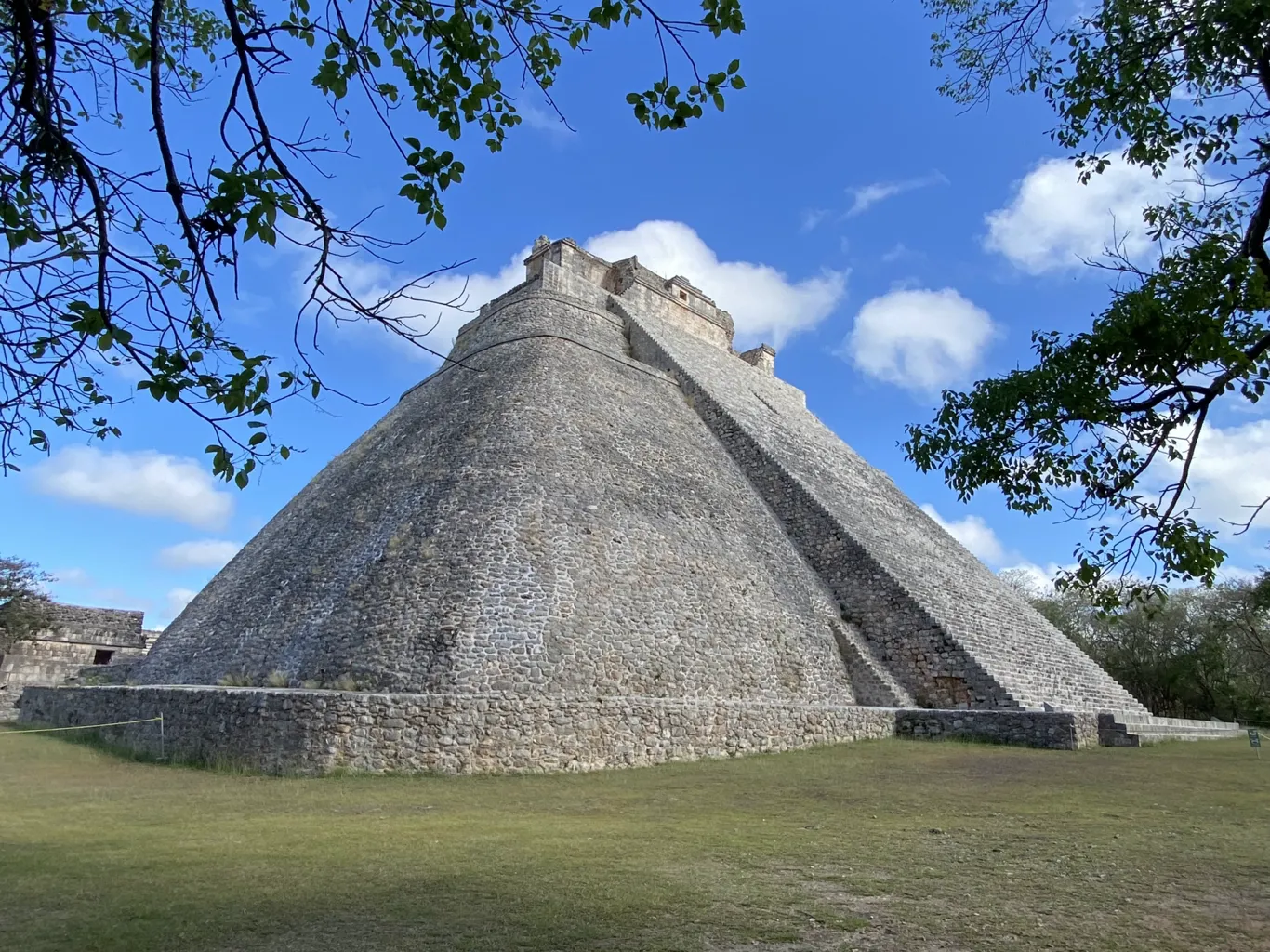
Pyramids are massive, triangular structures that were often used as tombs for rulers. The most famous pyramids are in Egypt, but they were also built in places like Central America. These monumental buildings demonstrate the engineering skills of ancient civilizations.
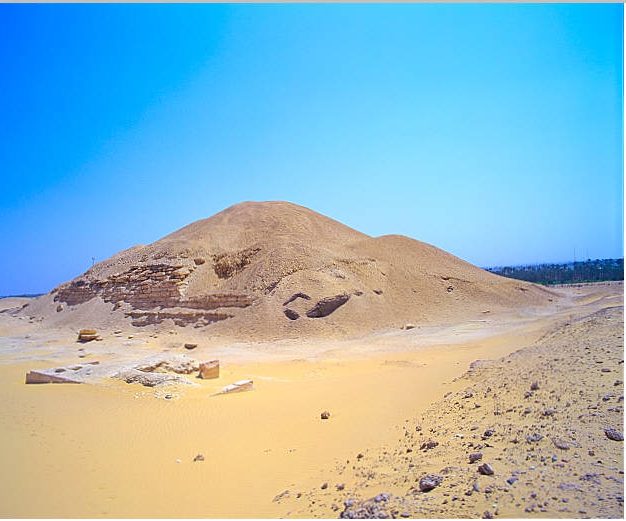
Pyramid of Amenemhet I
The Pyramid of Amenemhet I, also known as the “Pyramid of Lights,” is a historical monument located in the southern part of the Dahshur necropolis in Cairo, Egypt. Constructed during the 12th Dynasty by Pharaoh Amenemhet I, this pyramid stands as a testament to the architectural prowess and cultural richness of Ancient Egypt. Unlike the pyramids built during the 4th Dynasty, the Pyramid of Amenemhet I was constructed using a core of mudbricks and covered with a casing of limestone, a technique that was popular during the Middle Kingdom. This pyramid is particularly notable for its unique burial chamber design and the complex of surrounding structures.
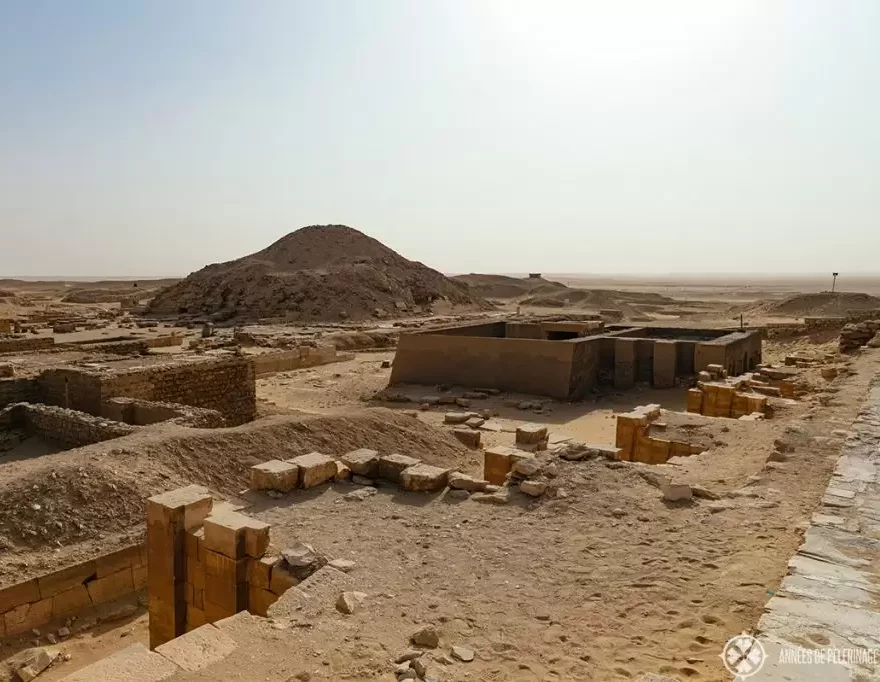
Sekhemkhet Pyramid (Buried Pyramid)
The Sekhemkhet Pyramid, also known as the Buried Pyramid, is an unfinished step pyramid in Saqqara, Egypt. Believed to have been constructed during the 3rd dynasty for the Pharaoh Sekhemkhet, the pyramid remains a significant artifact of the Old Kingdom. Despite its unfinished state, the pyramid provides valuable insights into the architectural practices and political climate of the time.
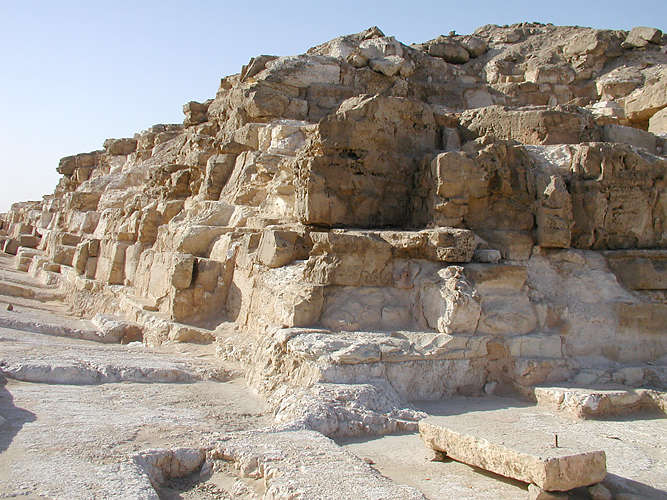
Pyramid of Djedefre
The Pyramid of Djedefre is a significant historical site located in Egypt. It was built as the tomb for Pharaoh Djedefre, who reigned during the Fourth Dynasty of the Old Kingdom of Egypt. This pyramid is unique as it is the only known pyramid to have been built on a hill and it’s also one of the few pyramids with significant parts still intact. Despite its incomplete state, the Pyramid of Djedefre provides valuable insights into the reign of Djedefre and the architectural practices of the time.
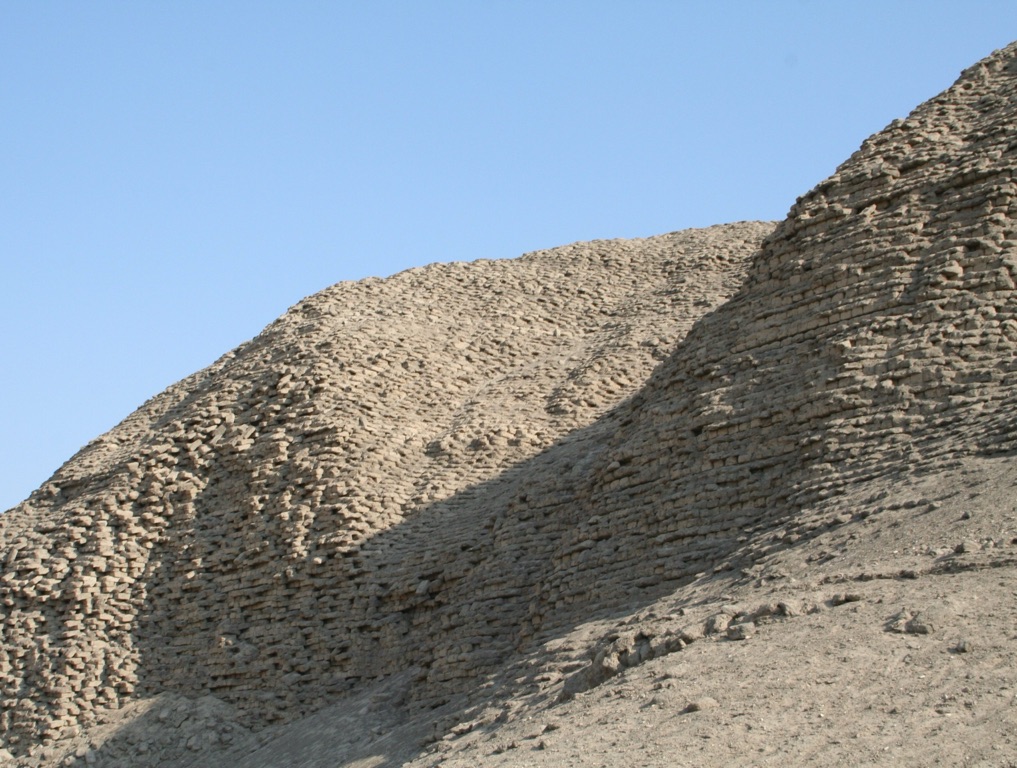
Hawara pyramid of Amenemhat III
The Hawara pyramid of Amenemhat III, also known as the “Black Pyramid,” is a fascinating artifact of ancient Egyptian history. Built during the Middle Kingdom period, this pyramid served as the final resting place for Pharaoh Amenemhat III. Unlike other pyramids, it was constructed mainly from mudbrick and encased in limestone, which gave it a unique appearance. Over time, the pyramid’s outer casing was stripped away, leaving the mudbrick core exposed to the elements.
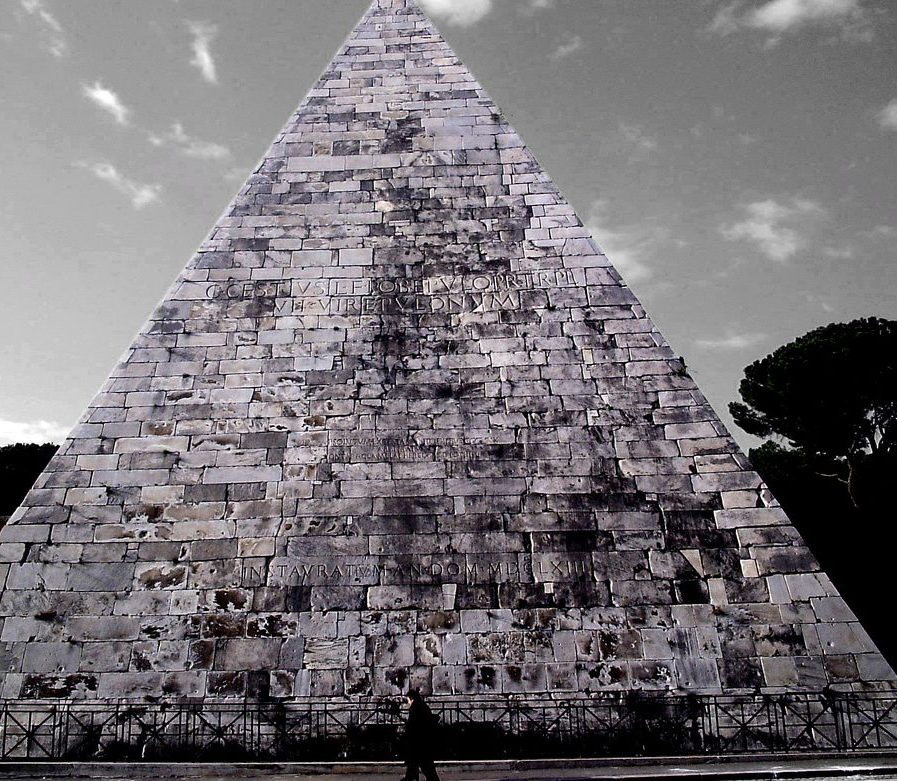
Pyramid of Cestius
The Pyramid of Cestius is an ancient pyramid in Rome, Italy, near the Porta San Paolo and the Protestant Cemetery. It was built as a tomb for Gaius Cestius, a member of the Epulones religious corporation. Standing at 36.4 meters high, it is one of the best-preserved ancient buildings in Rome. Its construction was completed in 12 BC and is unique in combining Egyptian and Roman architectural styles. The pyramid was incorporated into the fortifications of the city in the 3rd century AD and has since become a notable landmark in Rome.

